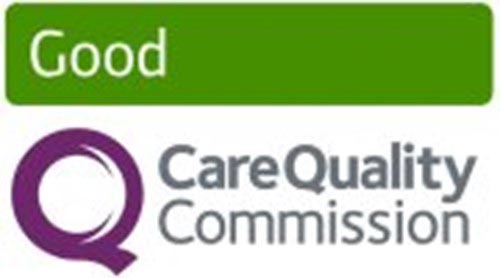CQC rates Spire Dunedin Hospital as 'Good'
19 May 2022
Inspectors describe the service at Spire Dunedin Hospital as “safe, effective, caring, responsive and well-led”

We welcome your views on our website and invite you to take part in a brief survey when you've finished your visit.
Your response will help us improve the site and the experience we offer to visitors.
19 May 2022
Inspectors describe the service at Spire Dunedin Hospital as “safe, effective, caring, responsive and well-led”

11 June 2019
If you’re one of the thousands of men who are embarrassed by ‘man boobs’ or ‘moobs’ and how your chest looks then you might feel awkward or self-conscious. But there could be a solution that allows you to bare your chest.
17 May 2019
It’s a fact of life that we often focus on our physical wellbeing in isolation of our mental wellbeing. However, the two are so interlinked that perhaps we are doing ourselves a disservice! Recognising that we need to care for our mental wellbeing is a good place to start.
16 January 2019
Let us help you achieve better health in 2019. We’re here to support you change aspects of your lifestyle - to help prevent illness, to help you recover when you're ill, and to help you when things don’t go according to plan, as often happens when dealing with issues around weight.

20 April 2018
The weather is warming up and short sleeves and sunglasses are becoming part of many women’s staple wardrobe. But if you’re a busy mum who dreads the move into summer clothes, having hidden post baby tummy in baggy jumpers or jackets over the winter, then you have probably looked into a ‘Mummy Makeover’.
